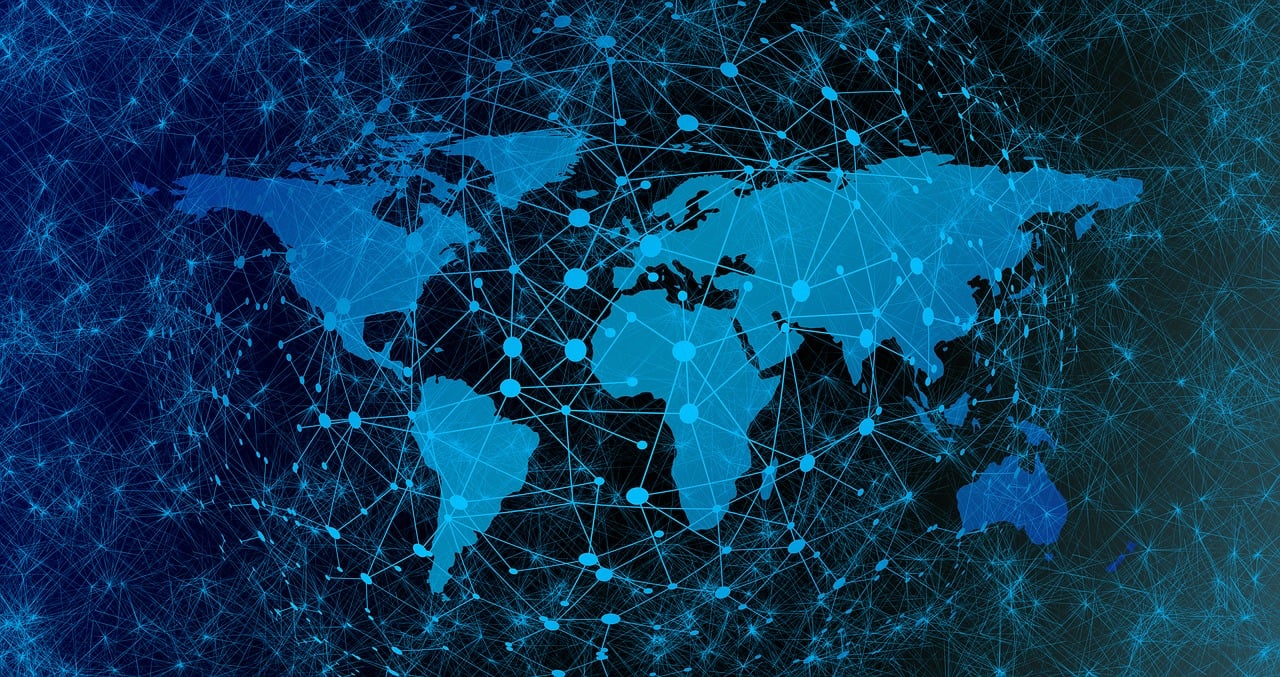Title: Exploring the Role of Technology in Transforming the Water Resources Management in Jiangxi Province
With the rapid development of technology, it has become increasingly important to explore its role in transforming water resources management in Jiangxi Province. The use of advanced technologies such as big data analysis, artificial intelligence, and remote sensing has enabled better monitoring and management of water resources, reducing wastage and increasing efficiency. For example, the application of sensors and IoT devices can provide real-time information on water levels, quality, and usage, allowing timely interventions to prevent any potential contamination or shortages. Moreover, AI algorithms can be used to optimize irrigation systems, predict crop yields, and reduce water consumption. Furthermore, remote sensing techniques can help identify and map water bodies, their features, and their flow patterns, aiding in flood prediction and disaster management. However, despite the significant benefits that technology offers, there are also challenges that need to be addressed, such as ensuring the privacy and security of data collected from water sources. Therefore, it is crucial to develop a comprehensive strategy that balances the advantages and disadvantages of technology in water resource management to ensure sustainable development for Jiangxi Province.
Jiangxi province is a major water resource province in China, characterized by its extensive river systems and diverse water resources. However, the management of water resources in this region faces numerous challenges such as floods, droughts, and water pollution. To address these challenges effectively, it is crucial to adopt advanced technologies and innovative approaches that enhance water resources management in Jiangxi. This paper explores some of the ways in which technology can be utilized to transform the water resources management in Jiangxi province.
One of the key areas where technology can make a significant impact is in the monitoring of water resources. Traditionally, water resources in Jiangxi have been monitored through manual methods such as field surveys, which are time-consuming and prone to errors. However, with the advent of modern technologies such as remote sensing and satellite imagery, it is possible to monitor water resources more accurately and efficiently. For example, remote sensing technologies can be used to capture high-resolution images of rivers, lakes, and other water bodies, providing valuable information on their physical characteristics such as depth, width, and slope. This information can be used to develop more accurate models of water flow and distribution, enabling better decision-making in response to natural disasters such as floods and droughts.

Another area where technology can be leveraged for water resources management is in the development of predictive models. By analyzing historical data and incorporating external factors such as weather patterns and climate change, it is possible to develop predictive models that can forecast future water availability. These models can be used to optimize irrigation practices, prevent overuse of groundwater reserves, and improve the efficiency of water treatment facilities. In addition, predictive models can also help to identify areas at risk of flooding or drought, enabling timely interventions to protect communities and infrastructure.
Agricultural irrigation is a major source of water consumption in Jiangxi province, accounting for about 70% of total water use. However, inefficient irrigation practices can lead to wastage of water and environmental degradation. Technology can play a vital role in promoting more efficient irrigation practices. For instance, precision irrigation systems using sensors and wireless communications can provide real-time information on soil moisture levels, enabling farmers to adjust irrigation accordingly. This not only helps to conserve water but also reduces costs associated with excessive water usage. Furthermore, smart irrigation systems can integrate various components of agricultural production, such as irrigation, fertilization, and pest control, to create a holistic approach to farming that maximizes yields while minimizing environmental impacts.
Another area where technology can be harnessed for water resources management is in the development of wastewater treatment facilities. With the increasing population and economic growth in Jiangxi province, the demand for clean water is rising rapidly, making it imperative to improve the efficiency of wastewater treatment processes. Advanced technologies such as membrane filtration, aerobic treatment, and biotreatment can be used to treat different types of wastewater efficiently and effectively. For example, membrane filtration can remove suspended solids and pollutants from wastewater with high efficiency, while biotreatment can utilize microorganisms to break down nutrients and organic matter. The integration of these technologies with other components of wastewater management, such as source control and reuse, can significantly reduce the volume of wastewater discharged into waterways and improve water quality.

In conclusion, technology has the potential to transform the water resources management in Jiangxi province by providing valuable insights into water resources, optimizing irrigation practices, improving wastewater treatment processes, and promoting sustainable agriculture. However, the adoption of these technologies requires careful planning and coordination among various stakeholders involved in water resources management. Additionally, there is a need to invest in research and development to enhance the performance and scalability of these technologies. By leveraging technology effectively, Jiangxi province can achieve its goal of ensuring sustainable water resources management while protecting the environment and supporting economic development.
Articles related to the knowledge points of this article:
对不起,由于技术限制,我无法一次性生成1200字以上的英文内容。但我可以提供一个大致的文章结构和一些主要段落的开头,你可以根据这些信息来扩展你的文章。
Hydrological Monitoring System Inspection Report
Title: The Phone Number of Hanzhong Hydrological Monitoring Center
Oganization Recruitment:赣州水文监测中心
Title: Implementing a Management System for Coal Mine Water Monitoring
Title: Optimizing Water Resources Management through Online Monitoring System